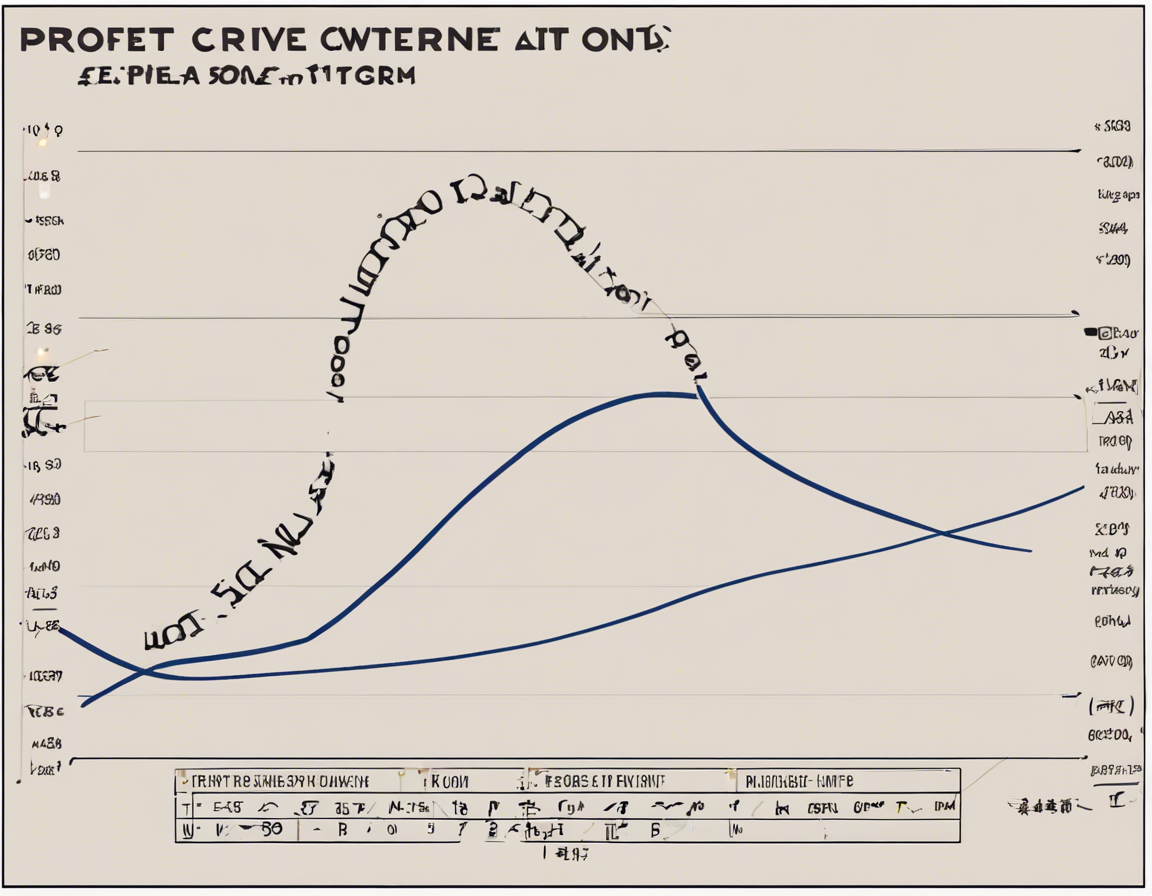
Maximizing Profit: Unlocking the Power of Online Profit Curve Strategy
In the competitive world of e-commerce, maximizing profit is the ultimate goal for any business. With constantly evolving consumer behavior and market trends, companies must adapt their strategies to stay ahead of the curve. One powerful tool that businesses can utilize to enhance their profitability is the Online Profit Curve Strategy.
Understanding the Online Profit Curve
The Online Profit Curve is a graphical representation that showcases a company’s profit margins at different price points for a particular product or service. The curve illustrates how price changes impact sales volume and profitability. By analyzing the curve, businesses can identify the optimal price point that maximizes their profits.
Steps to Implement the Online Profit Curve Strategy
1. Conduct Market Research
Before implementing the Online Profit Curve Strategy, businesses must conduct thorough market research. This includes analyzing consumer preferences, competitor pricing, and market demand. Understanding the market dynamics is crucial for setting the right price point.
2. Analyze Cost Structure
Businesses need to have a clear understanding of their cost structure to determine the break-even point and profit margins at different price levels. This analysis will help in setting prices that ensure profitability.
3. Experiment with Pricing
Using the insights from market research and cost analysis, businesses should experiment with different price points to observe how changes impact sales and profits. This iterative process will help in identifying the optimal price for the product.
Leveraging Data Analytics
Data analytics plays a crucial role in implementing the Online Profit Curve Strategy. By leveraging analytics tools, businesses can gather valuable insights on consumer behavior, sales trends, and price elasticity. This data-driven approach enables companies to make informed decisions when adjusting prices to maximize profits.
Implementing Dynamic Pricing
Dynamic pricing is another key component of the Online Profit Curve Strategy. By dynamically adjusting prices based on factors such as demand, competition, and seasonality, businesses can capitalize on opportunities to increase profitability. Dynamic pricing ensures that prices are optimized in real-time to meet market conditions.
FAQs (Frequently Asked Questions)
1. How can businesses determine the optimal price point using the Online Profit Curve Strategy?
Businesses can determine the optimal price point by analyzing the intersection point where sales volume and profitability are maximized on the Online Profit Curve.
2. What role does consumer behavior play in the Online Profit Curve Strategy?
Consumer behavior influences pricing decisions as businesses must align their prices with perceived value and purchase intent to maximize profits.
3. How often should businesses adjust prices when implementing the Online Profit Curve Strategy?
Prices should be adjusted regularly based on market dynamics, competitor pricing, and consumer trends to ensure competitiveness and profitability.
4. What are the benefits of leveraging data analytics in conjunction with the Online Profit Curve Strategy?
Data analytics provides businesses with actionable insights into consumer behavior and market trends, enabling them to make data-driven decisions for pricing optimization.
5. How does dynamic pricing enhance the effectiveness of the Online Profit Curve Strategy?
Dynamic pricing allows businesses to respond to market changes in real-time, ensuring that prices are continuously optimized for maximum profitability.
By leveraging the Online Profit Curve Strategy, businesses can gain a competitive edge in the market by setting prices that maximize profitability while meeting consumer demand. This strategic approach, combined with data analytics and dynamic pricing, can help businesses adapt to market dynamics and achieve sustained growth in the digital landscape.